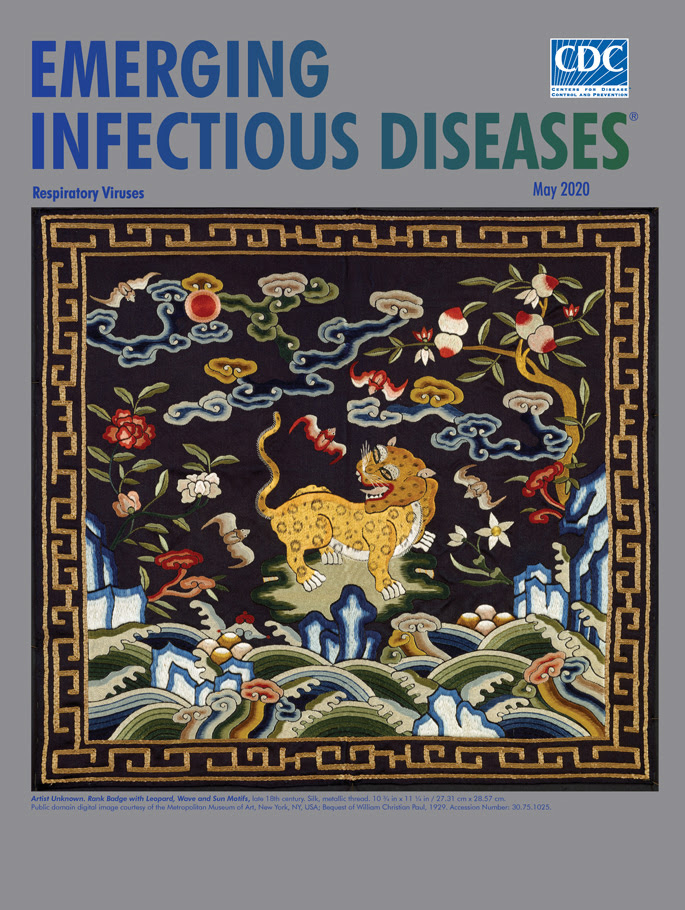Metathesis in action
At the end of the May 1 episode of the NPR show "Milk Street", host Christopher Kimball interviews Dr. Aaron Carroll about a recent California court decision that could force coffee to come with a label warning that it contains a chemical known to cause cancer.
The chemical in question is acrylamide, and it's apparently created (in small quantities) whenever carbohydrates are heated above about 250 degrees farenheit — so bread, crackers, cake, cookies, pizza, pretzels, fried potatoes, corn chips, and lots of other things besides coffee that most people eat regularly. Dr. Carroll argues that the quantities of acrylamide involved are far too small to pose any measurable danger, and that warnings like this one have the bad effect of persuading people to ignore all such messages.
But this is Language Log, not Cancer Warning Over-Reach Log, so what's the linguistic point? It's the way that Dr. Carroll pronounces the name of the chemical in question.
Read the rest of this entry »

